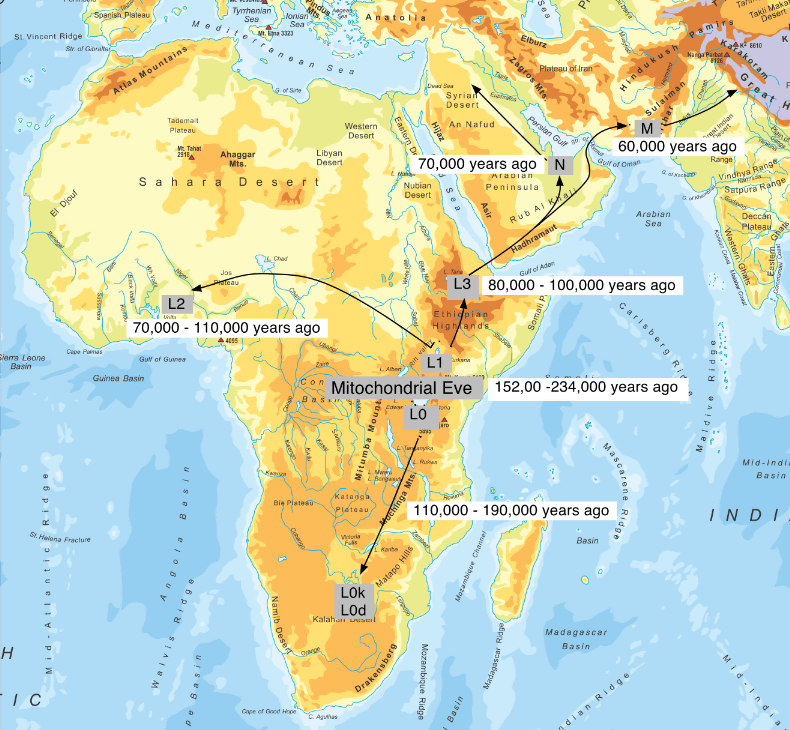A team of German scientists examining material from the seabed beneath the Pacific Ocean believe that they may have uncovered explosive evidence of an event that altered the evolution of humankind.
Under the Sea
The team from the Munich Technical University have conducted 2 studies, one in 1999 and another in 2004, drilling down a staggering 4800 metres (15,750 feet) below the surface, where they discovered a band of deposits dating back about 2.8 million years that contained a rare form of iron called Iron-60.
One of the reasons that this is so exciting is that Iron-60 is only normally produced during the death throes of stars as they explode in a process called supernova. Discovering these rare iron deposits on Earth therefore would seem to indicate that a star must have exploded within 100-200 light-years of Earth which would then have showered down iron and cosmic rays into our planet, and formed the iron60 rich deposits.
On the Moon
The supernova hypothesis claim has received further (possible) substantiation from Physicists who have successfully demonstrated an unusually high concentration of Iron-60 in lunar rock samples gathered between 1969 and 1972 during the Apollo 12, 15 and 16 missions.
However we should introduce a note of caution as it should be pointed out that it’s also conceivable that Iron-60 can occur on the moon as the result of bombardment with cosmic particles, since these particles do not break up when colliding with air molecules, as is the case with Earth’s atmosphere.
Fleeing The Trees, Becoming Human
So how does this affect human evolution?
Well, the accompanying surge in cosmic radiation from the nearby supernova would have lasted for at least a 100,000 years and could have significantly increased cloud cover, altering the climate. Temperatures would have dropped, causing the polar ice-caps to expand and leading to a drier climate in Africa. This, in turn, would have led to deforestation, opening up the African savannah and forcing hominids to climb down from the trees and walk erect.
Climate evidence for this chain of events is supported by records written into ancient African rock-cores. So the timing of our move out of the trees does seem to fit, although the timescales are of course neccessarily large and consequently so are the possible margins for error.





